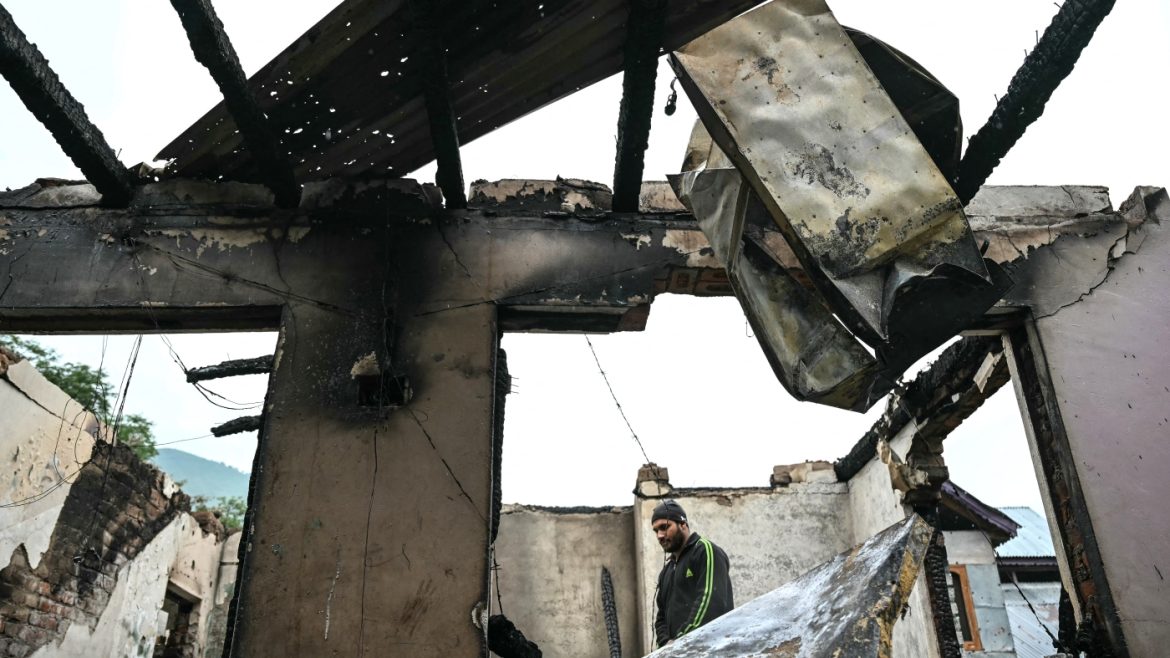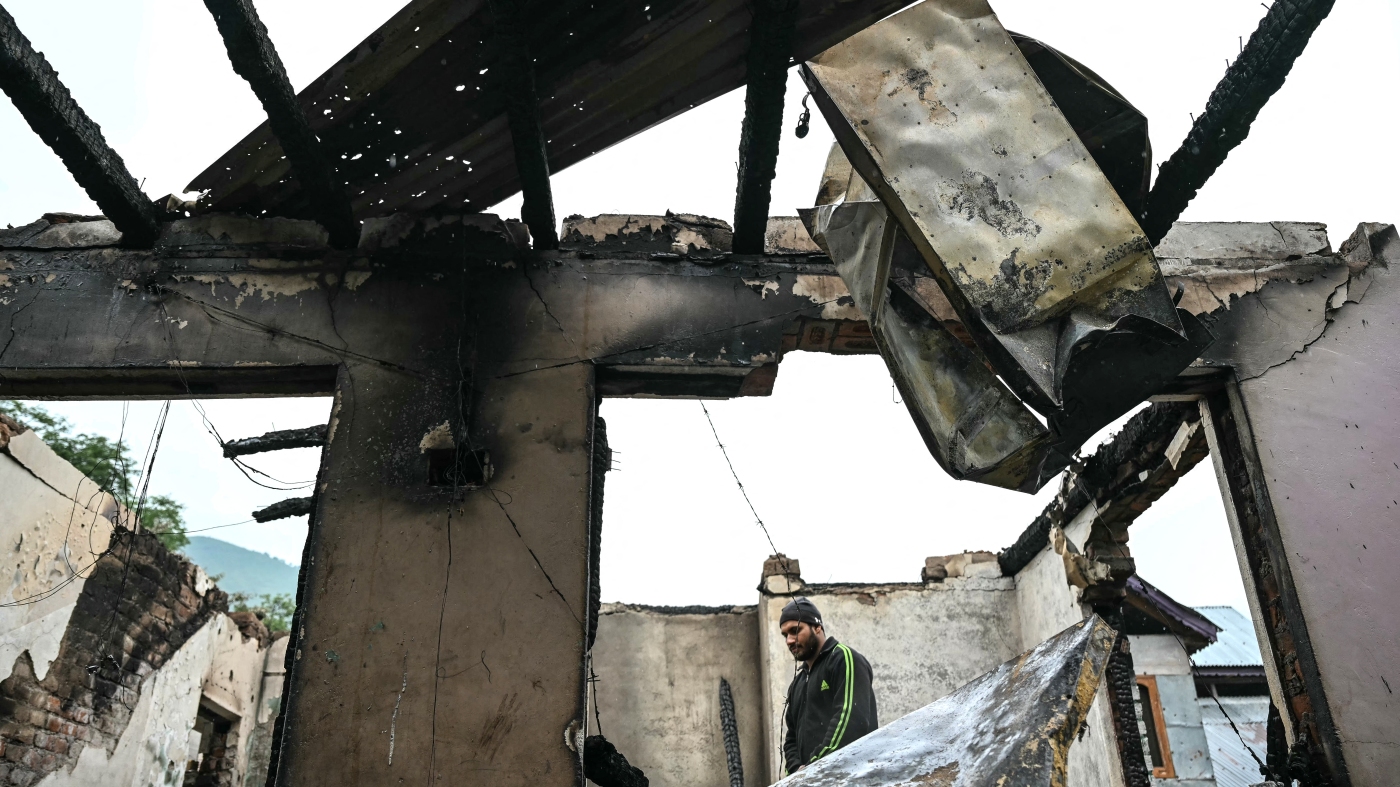Escalating Tensions: A Deep Dive into India-Pakistan Hostilities
Historical Context and Recent Events
The ongoing hostilities between India and Pakistan are rooted in a decades-long territorial dispute, primarily centered around the Kashmir region. Since the partition of British India in 1947, the two nations have engaged in several wars and military standoffs. The latest escalation began after a deadly attack in Kashmir on April 22, which India blamed on Pakistan. This incident has reignited tensions, with both countries accusing each other of aggression and calling each other’s actions “acts of war.”
The Kashmir Conflict
Kashmir, a region of strategic and symbolic importance, has been a flashpoint for conflict between India and Pakistan. The dispute over Kashmir has led to three major wars and numerous skirmishes. The region’s complex political and religious dynamics have made it a focal point for insurgency and cross-border terrorism. The recent attack in Kashmir, described as the worst since 2019, has further exacerbated the situation. The Indian military’s response, known as “Operation Sindoor,” involved strikes on Pakistani territory, which Pakistan has retaliated against, leading to a surge in cross-border fire.
Military and Strategic Considerations
Both India and Pakistan have been engaged in a tit-for-tat exchange of attacks, with each side claiming victory. However, the escalation has raised concerns about the potential for a wider war. The use of military force, including missile strikes and air raids, has heightened the risk of a full-blown conflict. The situation is further complicated by the presence of nuclear weapons in both countries’ arsenals, raising the specter of nuclear escalation.
International Reactions and Mediation Efforts
The international community, including the United States, has called for restraint and urged both countries to engage in dialogue. The U.S., with its historic ties to both nations, is seen as a potential mediator. However, efforts to mediate the conflict have been met with skepticism, with some experts arguing that meaningful progress requires full U.S. engagement. The U.N. and other international bodies have also expressed concern over the escalation, calling for a peaceful resolution to the conflict.
Economic and Strategic Implications
The ongoing hostilities have significant implications for the economic and strategic landscape of South Asia. The credit metrics of both countries are at risk due to the escalating tensions, as highlighted by S&P Global Ratings. The conflict also has broader geopolitical implications, given the strategic importance of the region and the involvement of other global powers, including China. The informal trade between India and Pakistan, estimated to be much higher than official figures, is also at risk due to the new hostilities.
The Role of Nuclear Weapons
The presence of nuclear weapons in both countries’ arsenals adds a layer of complexity to the conflict. Declassified U.S. intelligence reports from the 1980s and 1990s indicate that even during periods of relative calm, there was a strong possibility that a conflict could escalate to the use of nuclear weapons. This historical context underscores the gravity of the current situation and the need for urgent diplomatic efforts to prevent a catastrophic outcome.
Conclusion: A Call for Diplomacy
The current escalation between India and Pakistan is a stark reminder of the volatile nature of their relationship and the potential for catastrophic conflict. As both countries continue to trade attacks and consider their options, the international community must redouble its efforts to mediate the conflict. The use of nuclear weapons remains a real and present danger, and the stakes could not be higher. It is imperative that both nations engage in meaningful dialogue and diplomacy to de-escalate the situation and prevent a wider war. The future of South Asia and the global community depends on it.


